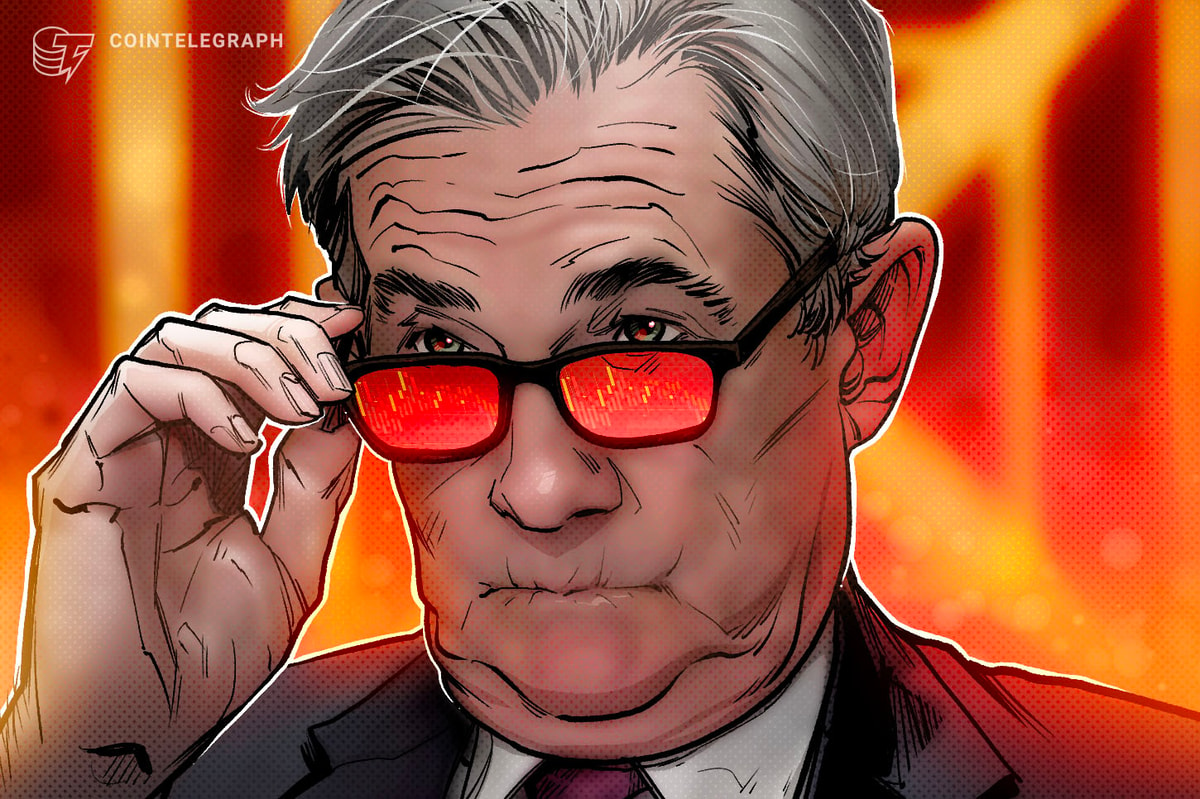Powell Flags Unemployment Risks as Futures Markets Expect More Rate Cuts
Federal Reserve Chair Jerome Powell on Tuesday reiterated the central bank’s delicate balancing act, stressing that policymakers are trying to navigate between their price stability and employment mandates following last week’s interest rate cut.
“Recent data show that the pace of economic growth has moderated,” Powell said in prepared remarks at the Greater Providence Chamber of Commerce’s economic outlook luncheon in Rhode Island, adding:
The unemployment rate is low but has edged up. Job gains have slowed, and the downside risks to employment have risen. At the same time, inflation has risen recently and remains somewhat elevated.
He added that clearer trade policy means tariffs will likely trigger only a “one-time pass-through” effect on inflation. That may be interpreted as a slight shift from earlier warnings that tariffs could fuel more sustained cost pressures in the second half of the year.
His comments echoed those of Vice Chair Michelle Bowman, who told the Kentucky Bankers Association’s annual convention on Tuesday: “The US economy has been resilient, but I am concerned about the weakening in labor market conditions and softer economic growth.”
Powell cautioned that there is no risk-free path for interest rates, with elevated inflation on one side and rising unemployment on the other. He suggested, however, that the Fed is increasingly inclined to prioritize its employment mandate.
The Federal Open Market Committee (FOMC) voted last week to lower interest rates by 25 basis points — the first cut in nine months and a move widely expected by markets. While Powell declined to comment on the likelihood of another reduction in October, expectations are high that the Fed will cut at its final two meetings of 2025.
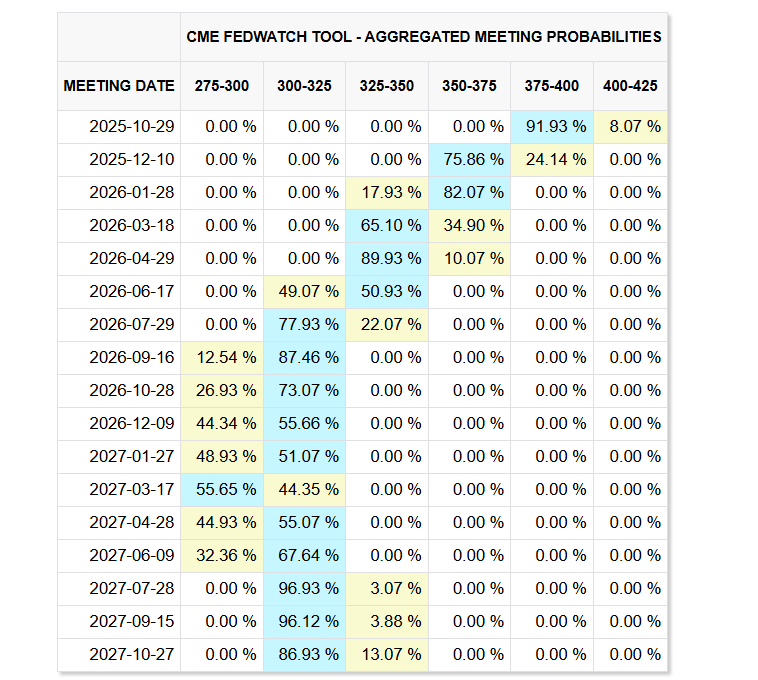
DBS Bank in Singapore described the Fed’s latest meeting as riddled with “dissonance and contradictions,” citing inconsistencies between policymakers’ economic projections and Powell’s remarks.
The bank noted that officials forecast faster GDP growth and lower unemployment, even as they acknowledged “downside risks to employment.”
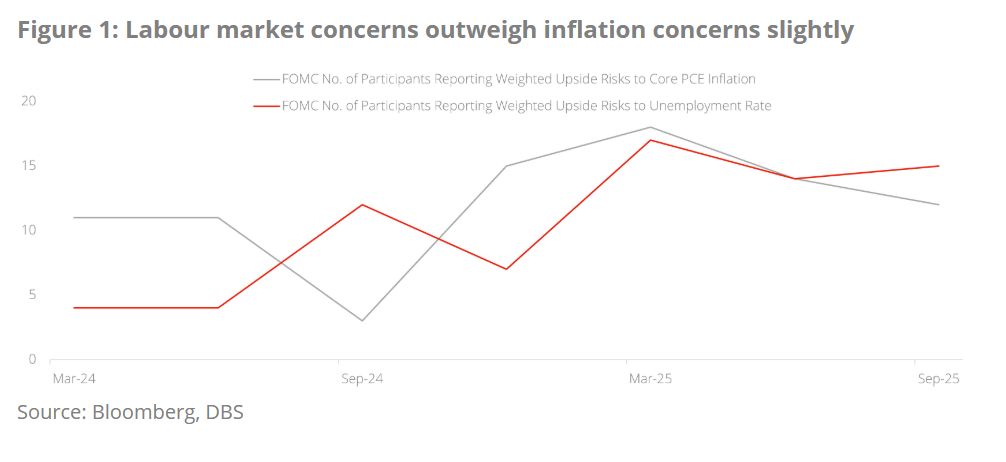
Related: Bitcoin struggles at $113K as Fed’s Bowman hints at faster rate cuts
Bitcoin, crypto markets under pressure
Expectations of further monetary easing have lifted risk assets broadly, but crypto markets faced fresh selling pressure to start the week.
The divergence between Bitcoin (BTC) and equities was flagged by market commentator The Kobeissi Letter, which pointed to widening gaps across multiple asset classes.
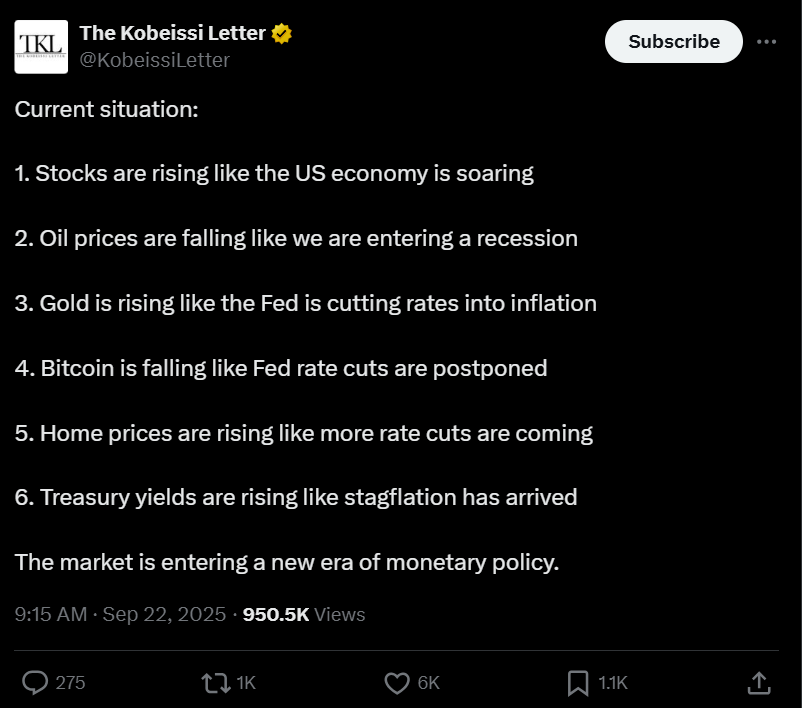
Analyst Heisenberg added that Bitcoin’s wide divergence from the Nasdaq will likely converge again, citing historical trends — a signal that BTC could rebound swiftly in line with the Nasdaq’s recent all-time high.
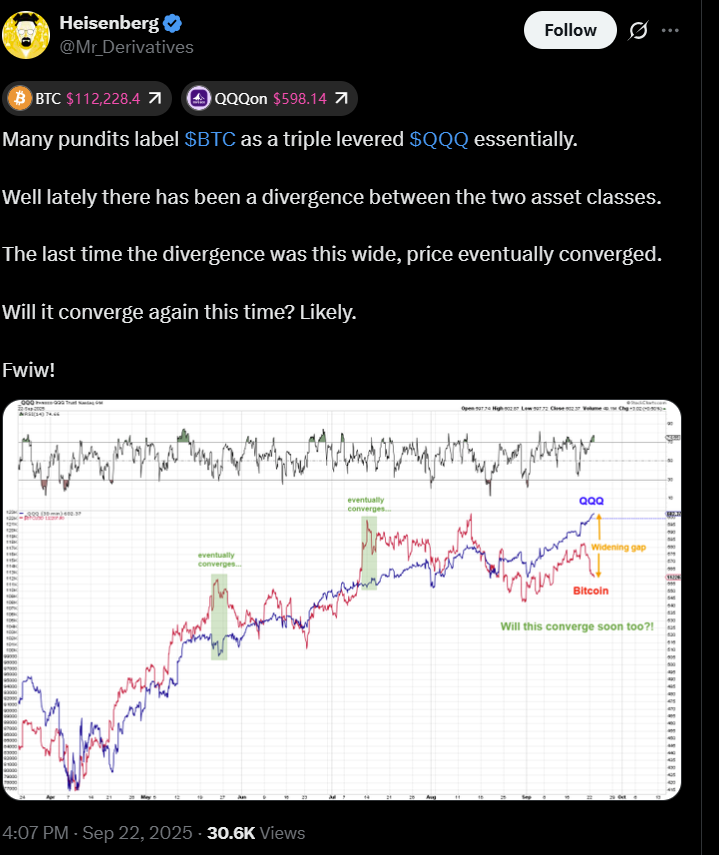
Other indicators suggest Bitcoin’s correction may prove short-lived. CoinShares reported Monday that Bitcoin exchange-traded funds attracted $977 million in inflows last week, lifting total crypto inflows to $1.9 billion — a sign of sustained institutional demand even as profit margins remain under pressure.
Economist Timothy Peterson told Cointelegraph that crypto’s trajectory could climb much higher once investors grasp the scale of the Fed’s ongoing policy shift.
“There has never been a gradual reduction in rates like the one currently envisioned,” he said, adding that any sign of more aggressive easing could “jolt Bitcoin and altcoins up substantially.”
Magazine: 7 reasons why Bitcoin mining is a terrible business idea

